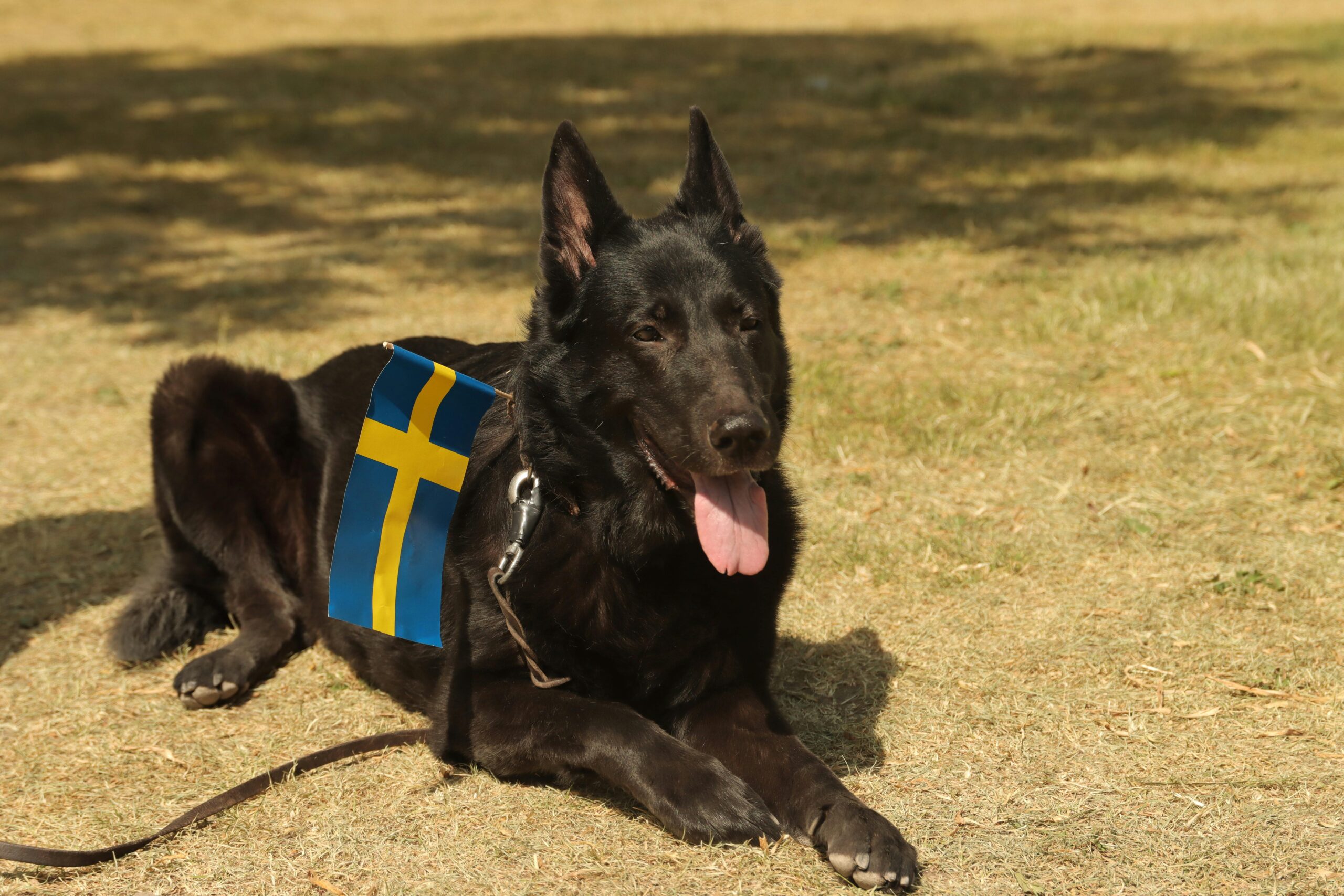
When traveling to Sweden with a dog, it is crucial to understand the rules that govern pet entry and behavior to ensure a safe trip. To enter Sweden with a dog from an EU country, your dog must have a valid EU pet passport, be ID-marked with a microchip, and have a current rabies vaccination. The microchip must be implanted before the rabies vaccination is given. After the initial rabies shot, you must wait at least 21 days before you can travel. For dogs coming from countries outside the EU, the requirements can be more complex and may include a rabies antibody test with a waiting period after a successful result. It is vital to check the specific rules for your country of origin with the Swedish Board of Agriculture, known as Jordbruksverket. You must also declare your dog to Swedish Customs upon every entry into the country. If you are coming from an EU country, you can often do this online before you arrive and then use the green customs channel. If you are arriving from a non-EU country, you must use the red customs channel and declare the animal to a customs officer at the border. The rules for Norway are an exception and may not require declaration. Beyond these formal entry requirements, there are important rules for dog behavior within Sweden. Sweden has a strong “Right of Public Access,” which grants everyone the right to roam freely in nature, but this freedom comes with responsibilities for dog owners. In urban areas, dogs are expected to be kept on a leash in all public places. When you are in the countryside, a general law requires dogs to be on a leash from March 1st to August 20th. This is a critical period for protecting wildlife during their nesting and calving season. Outside of this time, while a leash may not be mandatory, you must still keep your dog under close supervision to prevent it from disturbing or chasing wild animals. Many nature reserves have their own specific rules, often requiring a leash year-round, so it is always a good idea to check for local signs and regulations. Dogs are generally not allowed on public beaches during the summer, but there are often designated dog beaches or dog-friendly areas at lakes. When it comes to transportation, Sweden’s public transport system is generally very accommodating to pets. On long-distance trains, you are often required to book a seat in a special “Pets allowed” section of the train. On local public transport in cities, dogs are usually welcome and often travel for free. On ferries, dogs are typically allowed on the outside decks. Always remember to clean up after your dog. While Sweden is a dog-friendly country, it’s best to check for specific rules in parks, on trails, and on public transport to ensure a smooth and respectful experience for everyone.